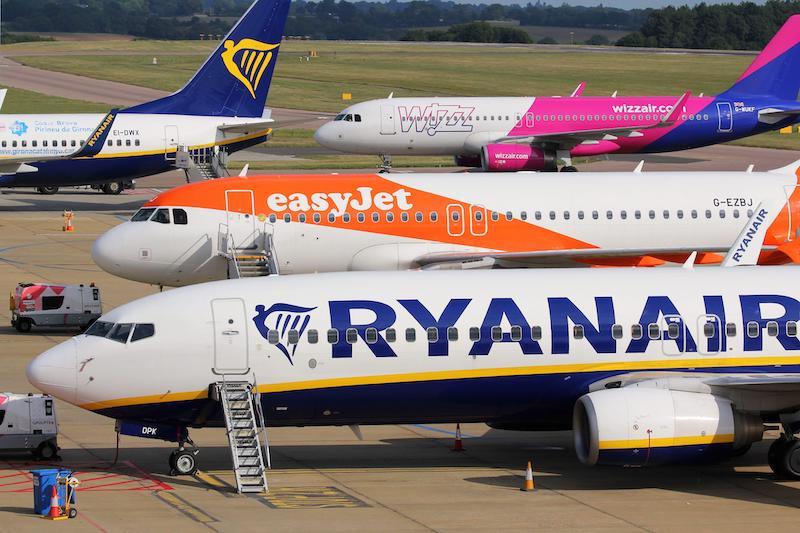
Credit: Mark Stevens/Alamy Stock Photo
Air connectivity in Europe remains 14% lower than pre-pandemic levels amid geopolitical tensions in parts of the region and “structural changes in the aviation market,” according to a report published by airport industry body Airports Council International (ACI) Europe. The study, which utilizes the...
Subscription Required
Europe's Air Connectivity 14% Below Pre-Pandemic Levels is published in Aviation Daily, an Aviation Week Intelligence Network (AWIN) Market Briefing and is included with your AWIN membership.
Already a member of AWIN or subscribe to Aviation Daily through your company? Login with your existing email and password
Not a member? Learn how to access the market intelligence and data you need to stay abreast of what's happening in the air transport community.





